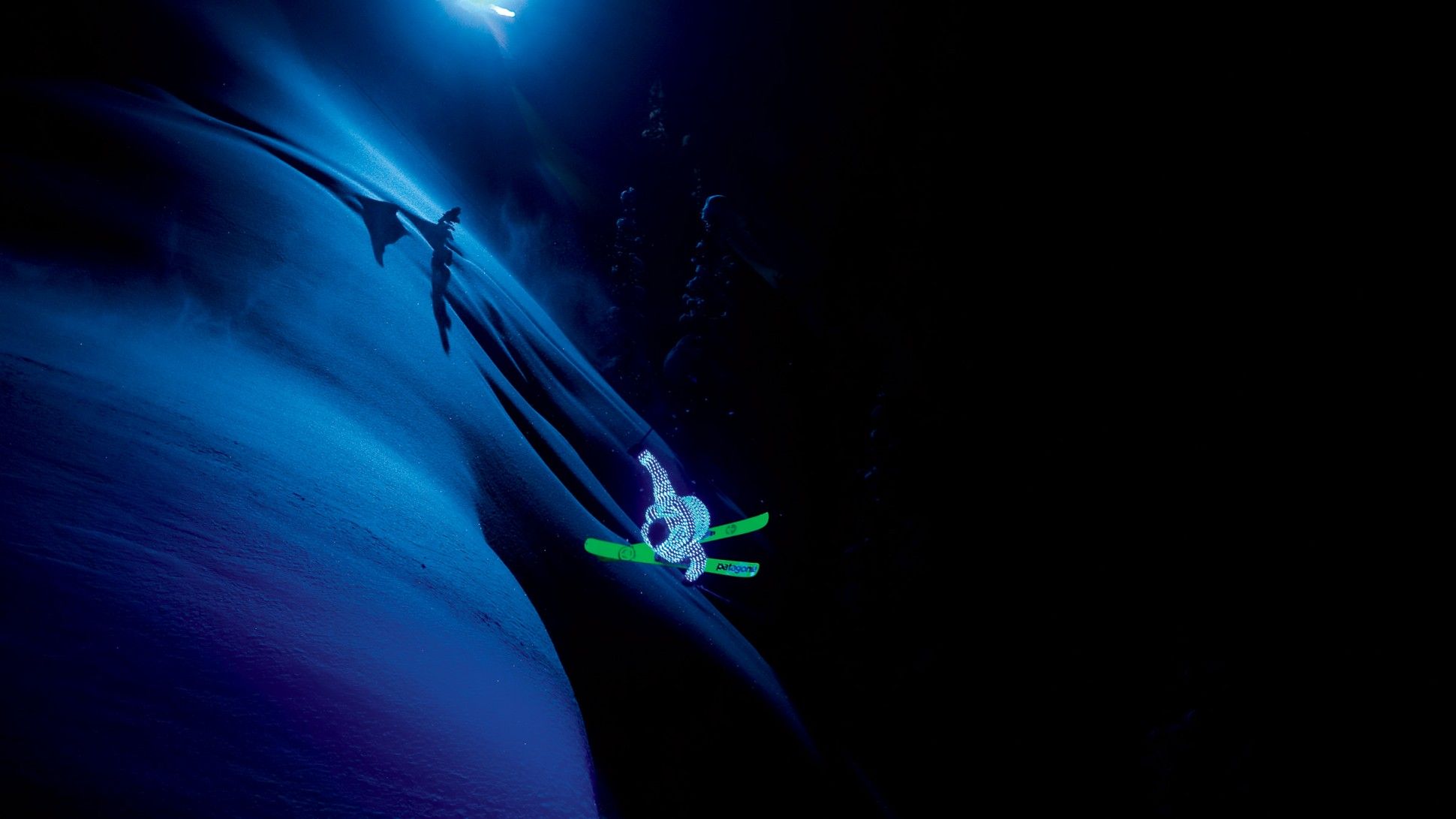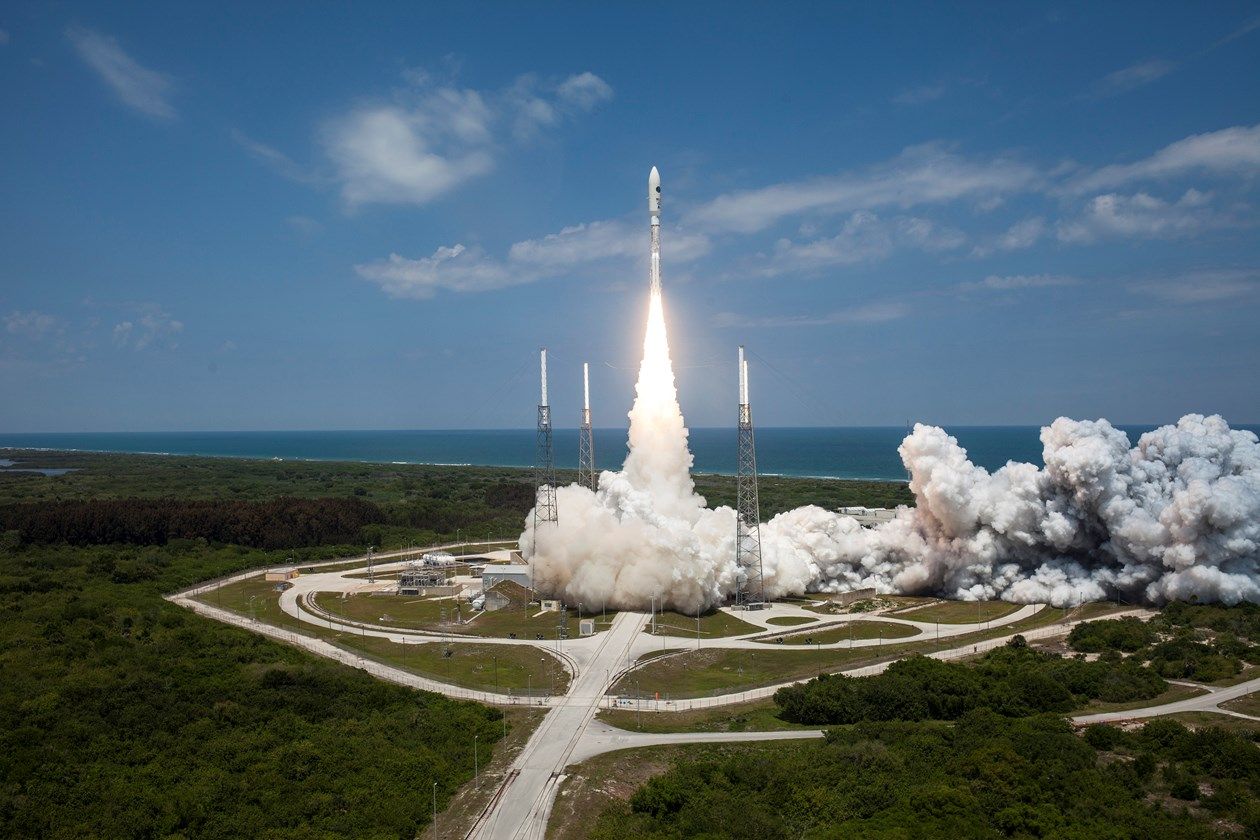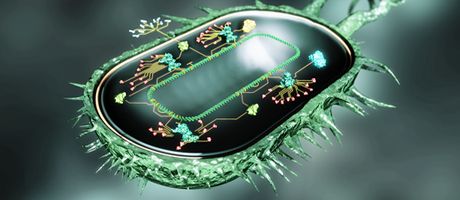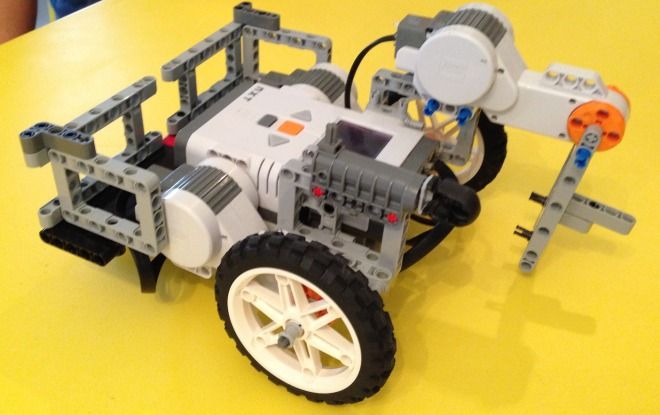By Jacob Kastrenakes — The Verge
Elon Musk is worried that AI will destroy humanity, and so he’s decided to donate $10 million toward research into how we can keep artificial intelligence safe. Musk, the CEO of Tesla and SpaceX, has previously expressed concern that something like what happens in The Terminator could happen in real life. He’s also said that AI is “potentially more dangerous than nukes.” The purpose of this donation is to both prevent that from happening and to ensure that AI is used for good and to benefit humanity.
 By
By 

 By Singularity University
By Singularity University


